Omega-3 rich foods
CONTENTS
Omega-3 fatty acids foods – top 10 best sources
Is canned tuna high in omega-3?
Omega-3 in tuna vs salmon - which tin is best?
Are canned mackerel and sardines omega 3-rich foods?
How beneficial are added omega-3 foods?
What about plant-based sources of omega-3?
Omega-3 in walnuts, flax and chia seeds
Omega 3:6 ratios in nuts and seeds
Balancing Omega-3 in Your Diet: Understanding Its Importance for Your Health
Food fads come and go, but ensuring you get enough omega-3 in your diet isn’t one of them, for one simple reason - without omega-3, we just don’t function very well. Yet this set of nutrients has been quietly slipping out of our diets over the last 50 years.
In our quest for slimmer waistlines we’ve demonised fat as the enemy. At the same time, the industrialisation of agriculture has stripped omega-3 from the very foods that used to be brimming with them.
Our cows used to graze on pastures, turning the omega-3 rich grass into substances that humans could digest - milk, butter and beef. Chickens were free to roam, foraging through the grass for omega-3 rich grubs, providing us with equally omega-3 rich eggs.
Now our cows are fed on grain, our chickens are raised on corn and both are routinely given antibiotics to fight off the diseases caused by intensive farming methods.
While at the same time the good fats have been taken from our diet, the food supply has also been flooded with cheap vegetable and seed oils, rich in an altogether more troublesome kind of fat - omega-6. We cook with it at home and food manufacturers love its affordability and long shelf life. From crackers and crisps to granola bars and hummus, if it’s processed, you can bet it contains some kind of omega-6 rich oil.
And why’s that a problem? Both omega-6 and omega-3 have a role to play in building the trillions of cells in your body. While omega-3s are more fluid, omega-6s are rigid to help give cells their structure. We need them both, but in balanced amounts for optimal good health. Too many omega-6s and too few omega-3s do not add up to good health. Ideally our ratio of omega-6 to omega-3 ratio would be 1:1, but in the West we’re eating a ratio as high as 20:1. Read more about this delicate balancing act in our omega-3, 6, 9 guide.
Luckily, there are lots of ways you can get the balance right in your own diet. We’ve discovered the very best omega-3 rich foods to help you restore this essential fatty acid back to its rightful place - on your dinner table.
"Eating a diet rich in ALA has significantly less benefits than one rich in EPA and DHA."
Professor Jonathan Napier at Rothamsted Research in Hertfordshire
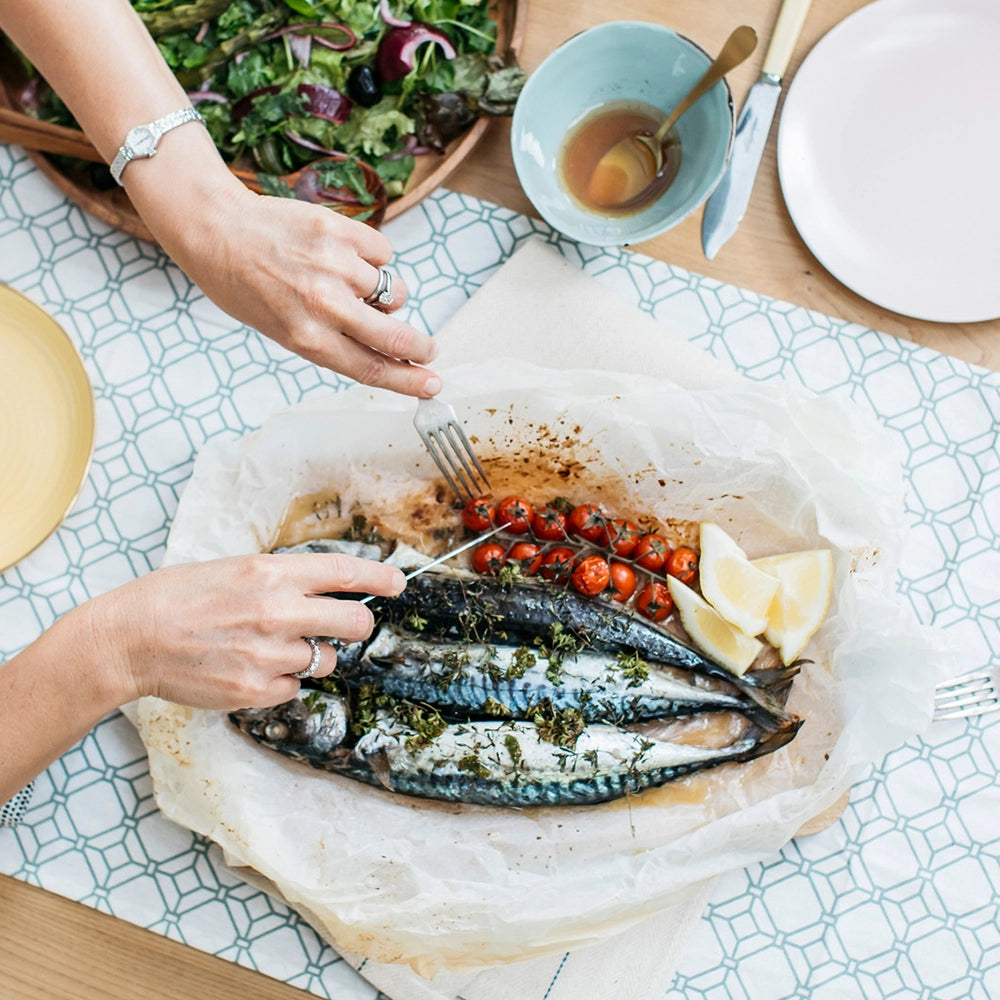
Foods high in omega-3
Spoiler alert: it’s bad news if you don’t like fish. Omega-3s come in three types and the most beneficial to our bodies are found almost exclusively in our ocean-dwelling friends.
While it's true that plants such as avocados, walnuts, flax and chia do contain omega-3, they only contain the least beneficial kind, called alpha-linolenic acid (ALA).
Sadly, the body can’t do that much with ALA. It’s the other two kinds of omega-3 it needs the most: eicosapentaenoic acid (EPA) and docosahexaenoic acid (DHA).
The human body can turn ALA into DHA and EPA through a series of enzymatic reactions, but it’s not good at it. Less than 1 percent of the ALA we get from plant-based sources ultimately becomes the Omega 3 we can use, DHA and EPA.
The ocean is the world's richest source of DHA and EPA, particularly from plankton-eating oily fish such as sardines, mackerel and kippers (the smoked form of herring).
Omega-3 fatty acids foods – top 10 best sources
As we have already discussed, fatty fish is the best omega-3 food source of both EPA and DHA, the most beneficial omega-3 fatty acids. With that in mind, here are the top ten sources based on levels of EPA and DHA combined, per 100g.
Mackerel 2,600mg
Lake trout 2,000mg
Herring (known as kippers when smoked) 1,800mg
Fresh tuna 1,600mg
Salmon 1,500mg
Sturgeon 1,500mg
Anchovy 1,400mg
Sardines 1,400mg
Pilchards 1,400mg
Sprats 1,300mg
White fish, such as cod, haddock, plaice, pollack and Dover sole, contain low levels of omega-3.

Changing vegetable and sunflower oils to alternatives such as butter, olive, coconut and even lard means you’ll be eating a better Omega 6 to 3 balance.
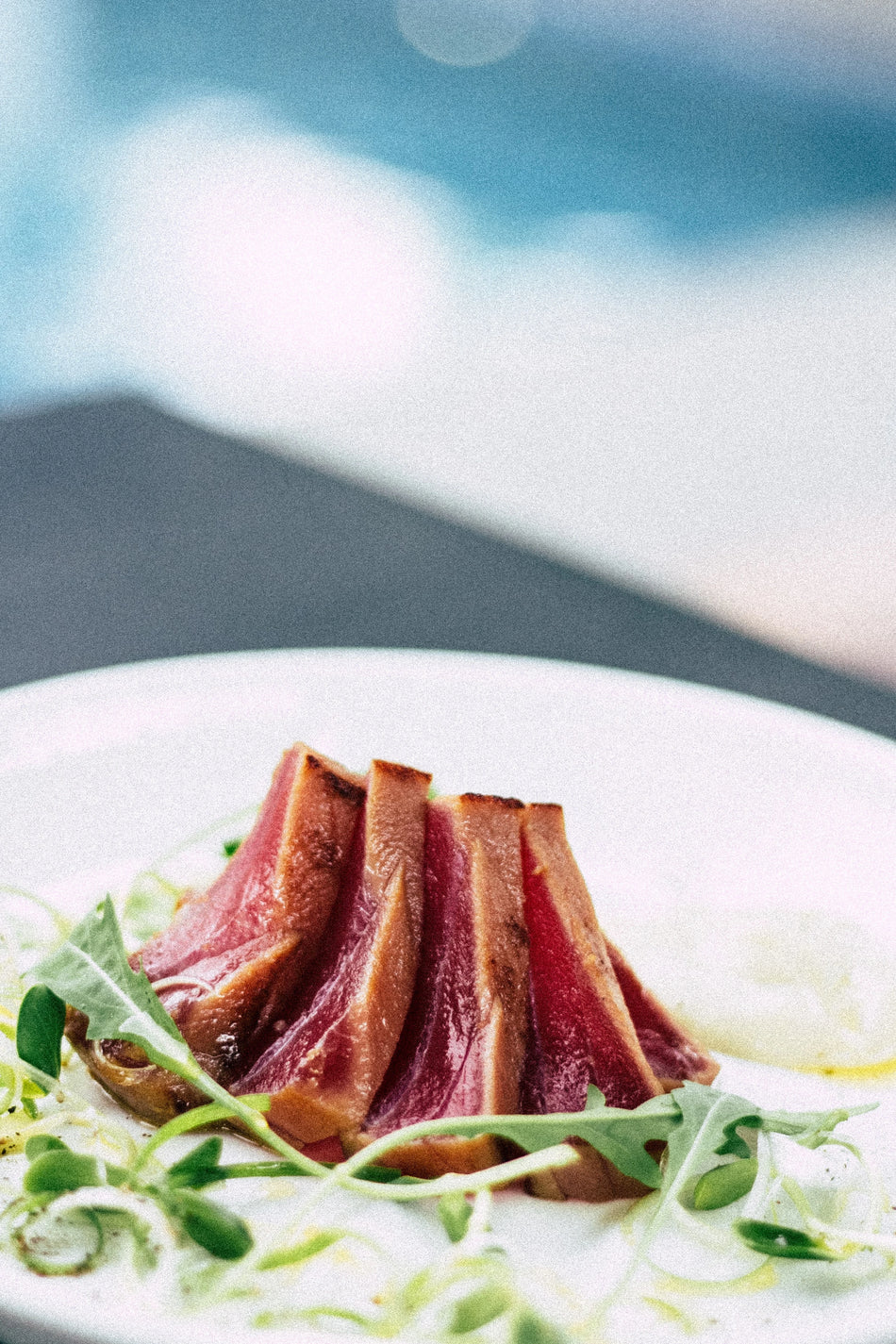
Is tuna high in omega-3?
Fresh tuna omega-3 levels come in at 1,600mg per 100g, meaning it scores highly in both EPA and DHA essential fatty acids. You can buy fresh tuna steaks at almost every supermarket, making them a very handy source of omega-3 goodness.
Don’t overdo it though. Even though high levels of omega-3 in tuna steak make it an attractive dinner option, because of our polluted seas, tuna absorbs significant amounts of methyl mercury that concentrates in its fatty tissues (and then in our fatty tissues!). Although swordfish contains greater levels of mercury, tuna is seen as more problematic because we eat so much more of it.
Mercury, even at low levels, has been linked to a host of health and developmental problems in both babies and adults. Current NHS guidelines state that pregnant women should eat no more than two tuna steaks a week (about 140g cooked or 170g raw each).
Is canned tuna high in omega-3?
No. While fresh tuna is classed as an oily fish, tinned tuna isn’t. That’s because when it’s canned, the amount of long-chain omega-3 fatty acids in tuna is reduced to levels similar to those of white fish.
But it’s not all bad news when it comes to canned fish and omega-3. According to the British Dietetic Association, tinned salmon, sardines or mackerel do count towards your daily dose of omega-3 - they’re all brimming with it!
Omega-3 in tuna vs salmon - which tin is best?
Salmon wins this battle hands-down. Fresh salmon contains a whopping 1,500mg of omega-3 in every 100g and it only loses very small amounts when it’s canned. We know there’s very little omega-3 in tinned tuna so it makes sense to swap to tinned salmon when you’re doing the weekly shop.
Available in red and pink varieties, salmon retains a lot more of its healthy fats when tinned than tuna does. You can even buy wild salmon in a can - and it may be worth the extra cost, bearing in mind news reports about declining levels of omega-3 in farmed salmon.
Professor Douglas Tocher of Stirling University ran the study that discovered the problem was due to the type of feed given to the fish. He told BBC News: "About five years ago, a portion of (farmed) Atlantic salmon of 130g was able to deliver three-and-a-half grams of beneficial omega-3. Now, the level of omega-3 has halved."
Salmon also loses some omega-3 is when it’s frozen, which takes it down to 900g per 100g. Sadly the same is true for all frozen fish, because freezing degrades the omega-3 fatty acids over time. Luckily the smoking process has no impact on the fatty acids, so bring on the smoked salmon and kippers!
Are canned mackerel and sardines omega 3-rich foods?
They may be smaller than the mighty tuna fish, but not only do these two pack an impressive omega-3 punch, they also contain less mercury. In fact with 2,600mg per 100g, mackerel omega-3 levels make it one of the best omega-3 foods. Sardines are also good, coming in at 1,400mg. Both have a strong flavour which can put people off, but they’re good value and very tasty in a pasta sauce or on a pizza.
The best canned sardines for omega-3 will be ones either in spring water or olive oil. Watch out for sunflower oil varieties as the omega-6 in the vegetable oil will counteract some of the beneficial effects of the omega-3.


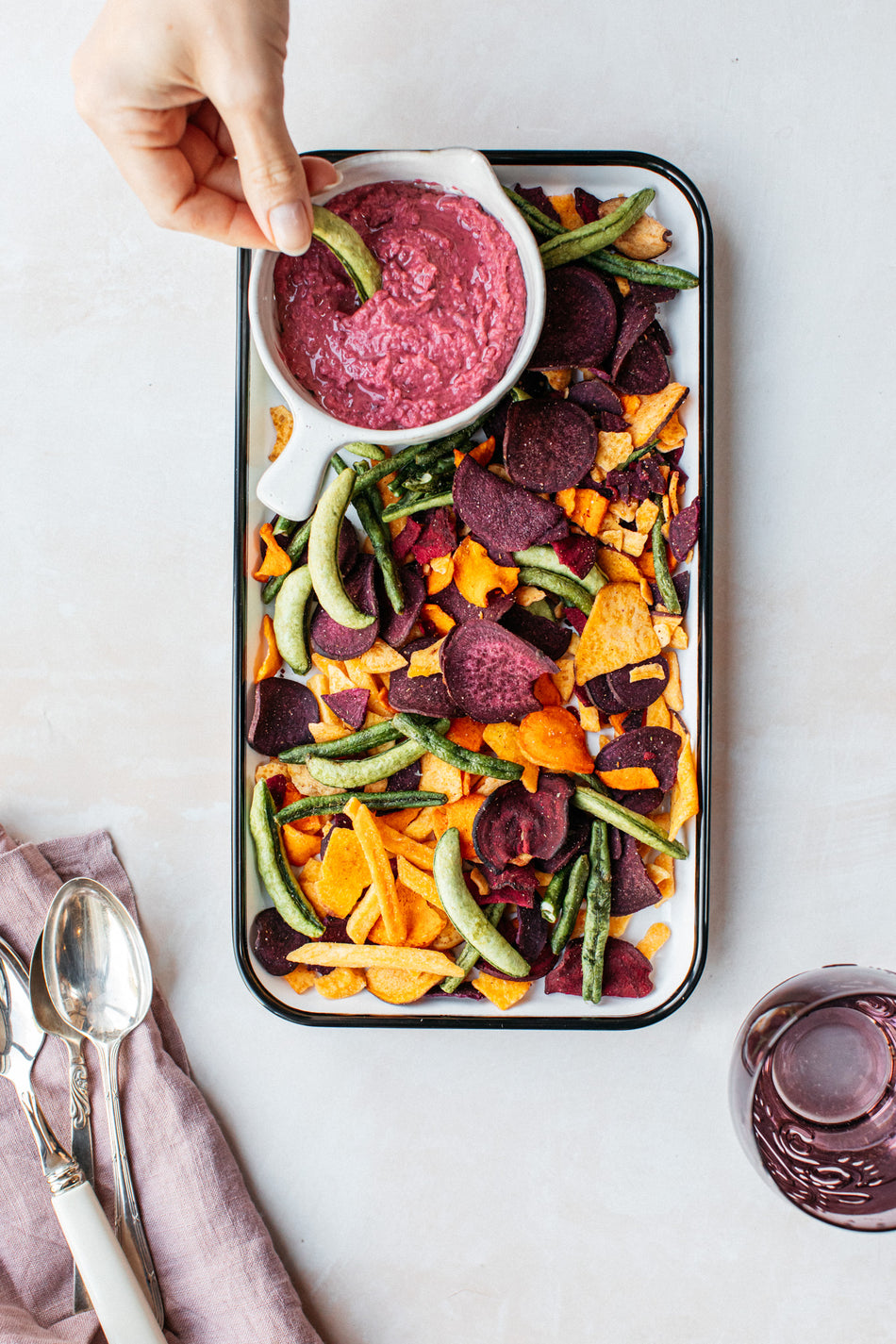
Do eggs contain omega-3?
We’re a nation of egg lovers and each day 33 million eggs are eaten in the UK. If you’re not sure where to find omega-3 in food, you may have heard that eggs contain some of these essential fatty acids. Well, yes and no. When chickens were allowed their natural diet (foraging through natural grass), eggs were once good sources of omega-3. Sadly, chickens today are fed almost exclusively with grains that are both rich in calories and omega-6 - even ones that are free range.
Free range eggs contain about 35mg of omega-3 to approximately 700mg of omega-6, nowhere near the ideal balance. And even so-called omega-3 enriched eggs still contain fairly low levels of omega-3 when compared to fish, as we’ll see below...
How beneficial are added omega-3 foods?
You may have seen foods on your supermarket shelves that have omega-3 added, such as bread, eggs, cereal and milk. While they can help increase omega-3 intake, particularly for vegetarians or those who don’t like oily fish, they contain fairly low levels of EPA and DHA.
In Europe for a product to be a ‘source of omega-3 fatty acids’, it must contain at least 300mg of ALA per 100g and per 100kcal, or at least 40mg of EPA and DHA combined per 100g and 100kcal. If it is ‘high in omega-3 fatty acids’ it must contain at least 60mg of ALA or at least 80mg of EPA/DHA.
It’s actually really hard to find out how much EPA and DHA are in these omega-3 fortified foods. Most products proudly stamp ‘OMEGA-3’ on their packaging but don’t go into detail about which essential fatty acids they contain or how much, so it’s very easy to make bold health claims with very little to back them up.
We've done some digging and have found the following:
One large Organic Valley omega-3 egg contains 225mg of omega-3 fatty acids.
A 235ml glass of Organic Valley omega-3 milk contains 50mg of EPA and DHA.
Two Birds Eye omega-3 Fish Fingers contain 115mg of EPA and DHA.
To get a good dose of 1,000mg of omega-3 would mean eating around four large eggs, 17 fish fingers or nearly five litres of enriched milk a day...
That’s not the only downside. With the exception of the omega-3 eggs, the added EPA and DHA are extensively purified to mask the fishy flavour, which some people find a bit off-putting on their cereal. This is likely to change the fatty acid content of the foods, which means the added nutrients won’t be as effective as those found naturally in fish oil.
What about plant-based sources of omega-3?
Although plant sources such as flax, chia, walnuts and avocado do contain the omega-3 ALA, our bodies can only convert 1 percent of it to EPA and DHA and the rest is used for energy. According to nutritionist Jackie McCusker, this can be problematic for vegans and vegetarians looking to up their omega-3 levels. “Algae and seaweed can help. But you need to remember that these contain DHA but not EPA. So in order to get enough EPA, vegans and vegetarians should eat plenty of ALA from nuts and seeds, that the body can then convert into EPA.”
Here are the top vegan sources of omega-3, based on levels of ALA per serving:
Algae
Seaweed
Flaxseed oil
Flaxseed seeds
Chia seeds
Walnuts
Hemp seeds
Avocado
Pumpkin seeds
Dark green leafy vegetables
Omega-3 in avocado vs salmon
Again, there’s no contest when it comes to oily fish. Avocados are not considered a rich source of omega-3 fatty acids, containing no EPA or DHA and even less ALA (162g on average) than salmon.
Omega-3 in walnuts, flax and chia seeds
Eating walnuts, flax and chia seeds has a raft of health benefits, providing you with protein, roughage and lots of vitamins. But if you were hoping to use them to boost your levels of EPA and DHA, perhaps to see some benefits for any health condition you may be suffering from such as arthritis, you’ll be disappointed.
“There is not one single example of a higher plant that makes EPA and DHA, so there is no natural plant source of these omega-3, long-chain PUFAs,” Professor Johnathan Napier at Rothamsted Research in Hertfordshire told us.

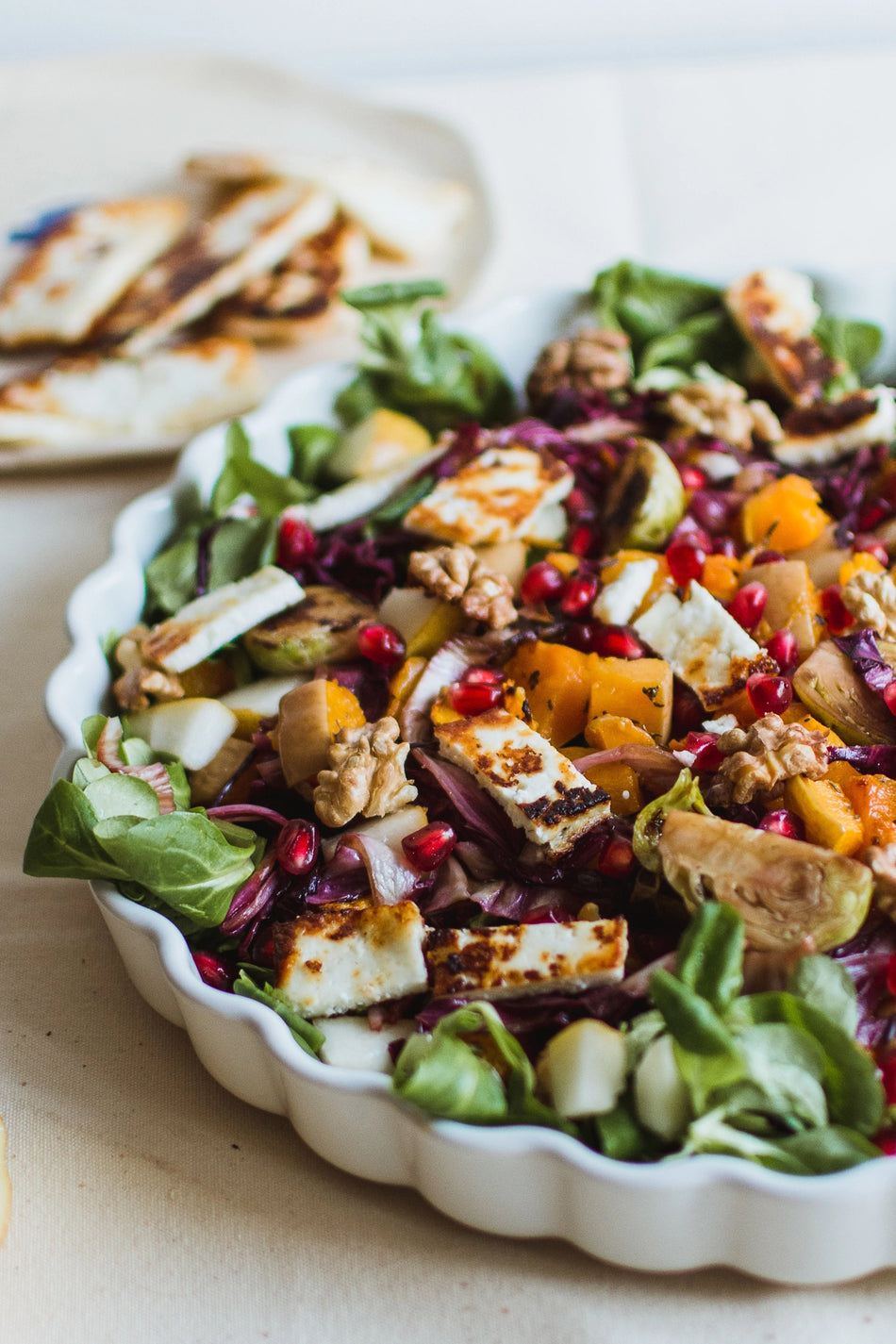
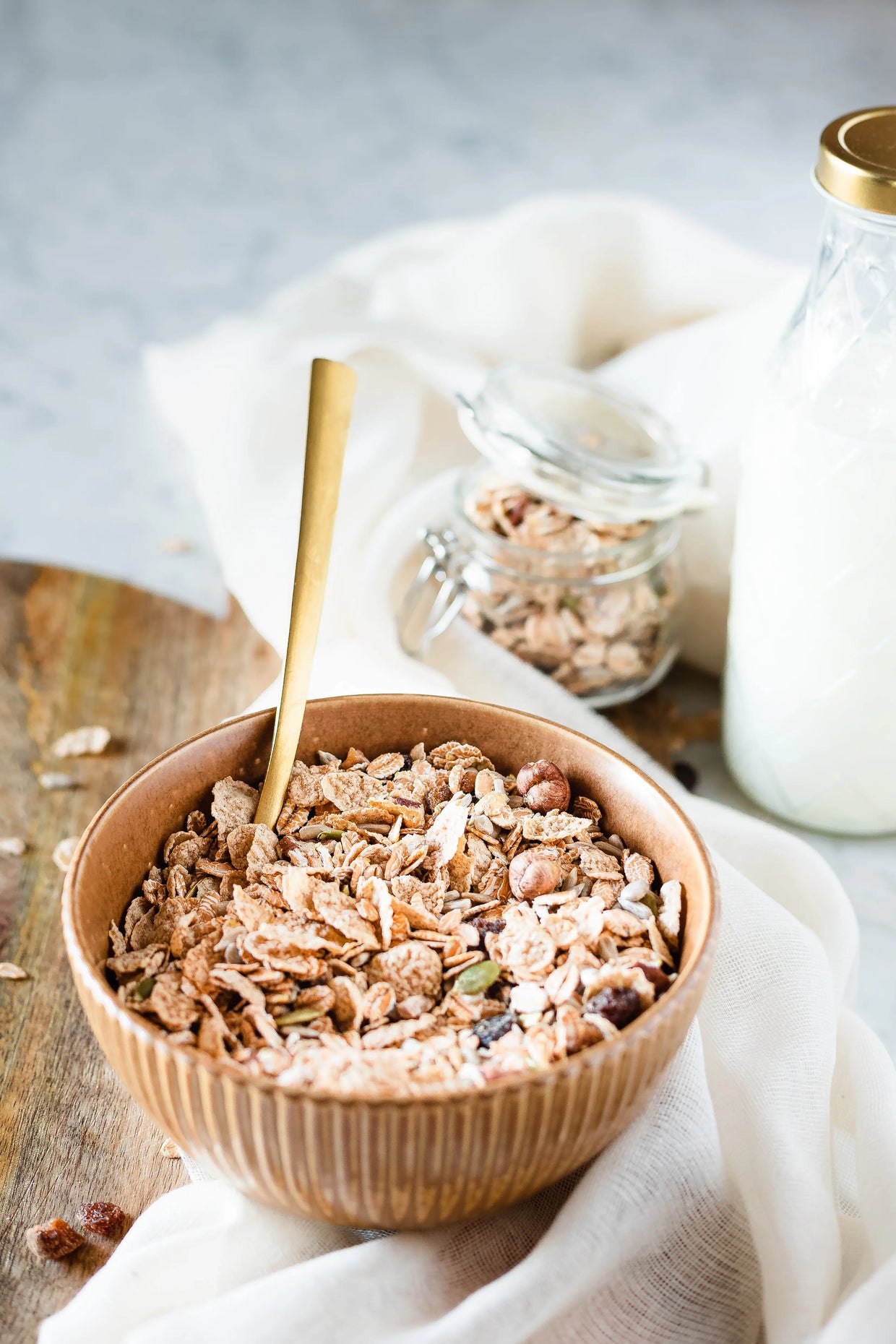
Omega 3: 6 ratios in nuts and seeds
Before you start eating liberal handfuls of nuts and seeds, remember that there’s also the small problem that they contain omega-6 along with their omega-3. It’s worth remembering that some have a better balance than others.
For example, pumpkin seeds’ omega-3 to 6 ratio is 1:114. Walnuts’ omega 3 to 6 ratio is much better at 1:4.2 while chia seeds’ omega 3 to 6 ratio is better still, at 1:3.
“There is not one single example of a higher plant that makes EPA and DHA, so there is no natural plant source of these omega-3, long-chain PUFAs,” Professor Johnathan Napier at Rothamsted Research in Hertfordshire told us.
For example, pumpkin seeds’ omega 3 to 6 ratio is 1:114. Walnuts’ Omega 3 to 6 ratio is much better at 1:4.2 while chia seeds’ Omega 3 to 6 ratio is better still, at 1:3.
Omega-3 and 6 foods - getting the balance right
Upping your levels of omega-3 is just one side of the equation. To really get your ratio looking a little more balanced, see where you can lower your levels of omega 6-rich food.
A massive 70% of all the omega-6 we eat is made up of vegetable and seed oils, so when it comes to making dietary changes, that’s an easy place to start and one that will have the biggest impact.
A simple switch is to change the oils you cook with at home. Changing vegetable and sunflower oils to alternatives such as butter, olive, coconut and even lard means you’ll be eating a better omega-6 to 3 balance. But you’ll also be improving your health in other ways too. It turns out heating vegetable oils to high temperatures releases chemicals called aldehydes, which have been linked to illnesses including cancer, heart disease and dementia.
You also need to limit how much you eat out, particularly in the kind of restaurants where the oil has been reused or may even be rancid. Sadly we’re not just talking fast food restaurants. Even that beautiful piece of salmon they serve you at a top-name eaterie has probably been cooked in vegetable oils, unless specifically stated otherwise.
At work, try to bring your own lunch in when you can so you know for sure what you’re eating. Even salads from that healthy looking deli may be drizzled in a liberal amount of vegetable-oil based dressing.
Ditch the biggest offenders such as pies, crisps and processed foods from your diet. Then turn detective, looking at the labels of the things you buy. Vegetable oils lurk even where you’d least expect it, from hummus to kale crisps. A good example of this is pesto. Pesto used to be full of healthy olive oil alongside all the basil, but these days many brands use sunflower oil instead.
Should you give up seeds or nuts for a better balance? The answer is no. While these may be high in omega-6, and you probably shouldn’t be eating nut butters every day, they have other health benefits you don’t want to miss out on, such as fibre, amino acids, vitamins and minerals.
Upping your levels of omega-3 is just one side of the equation. To really get your ratio looking a little more balanced, see where you can lower your levels of omega 6-rich food.
A massive 70% of all the omega-6 we eat is made up of vegetable and seed oils, so when it comes to making dietary changes, that’s an easy place to start and one that will have the biggest impact.
A simple switch is to change the oils you cook with at home. Changing vegetable and sunflower oils to alternatives such as butter, olive, coconut and even lard means you’ll be eating a better omega 6 to 3 balance.
You also need to limit how much you eat out, particularly in the kind of restaurants where the oil has been reused or may even be rancid. Sadly we’re not just talking fast food restaurants. Even that beautiful piece of salmon they serve you at a top-name eaterie has probably been cooked in vegetable oils, unless specifically stated otherwise.
At work, try to bring your own lunch in when you can so you know for sure what you’re eating. Even salads from that healthy looking deli may be drizzled in a liberal amount of vegetable-oil based dressing.
Ditch the biggest offenders such as pies, crisps and processed foods from your diet. Then turn detective, looking at the labels of the things you buy. Vegetable oils lurk even where you’d least expect it, from hummus to kale crisps. A good example of this is pesto. Pesto used to be full of healthy olive oil alongside all the basil, but these days many brands use sunflower oil instead.
Should you give up seeds or nuts for a better balance? The answer is no. While these may be high in omega-6, and you probably shouldn’t be eating nut butters every day, they have other health benefits you don’t want to miss out on, such as fibre, amino acids, vitamins and minerals.


LIFE & SOUL
So what foods are the best sources of omega-3?
When it comes to getting the kind of omega-3 that our bodies can make use of, Dr Jonathan Napier has the last word. “Eating a diet rich in ALA has significantly fewer benefits than one rich in EPA and DHA. Yet these plant-based sources are often talked about in the same breath as oily fish rich in EPA and DHA and presented as being equivalent in terms of the health benefits. However this is not the case.”
While adding a handful of chia seeds to your smoothie has other important health benefits, the only way to get ample amounts of EPA and DHA in your diet is by eating oily fish.
Really can’t stomach fish? Try taking a good quality fish oil supplement. Bare Biology’s Life & Soul Omega 3 fish oil is made from wild (never farmed) sardine, anchovy and mackerel, a little natural Sicilian lemon oil and a tiny amount of Vitamin E to preserve the fish oil. And that’s it!


